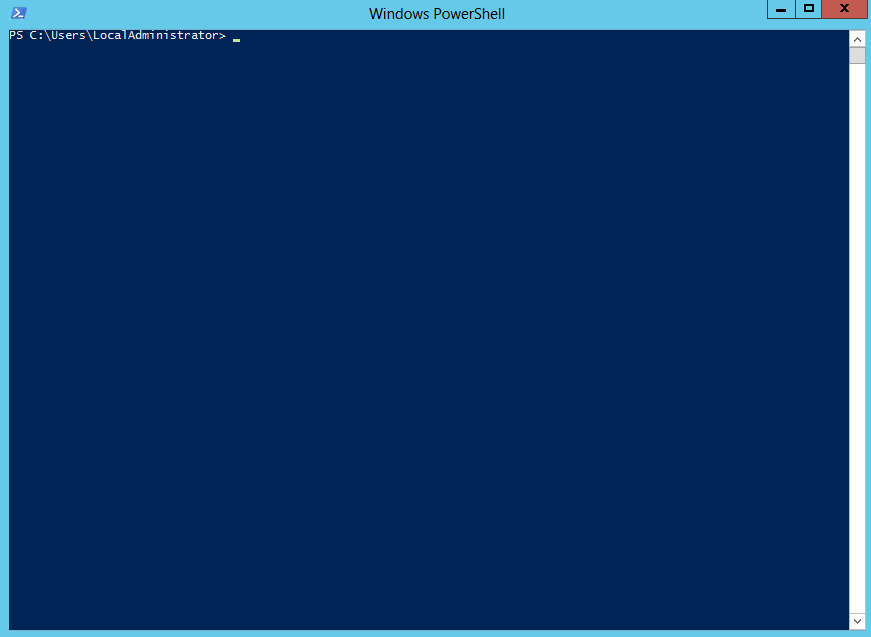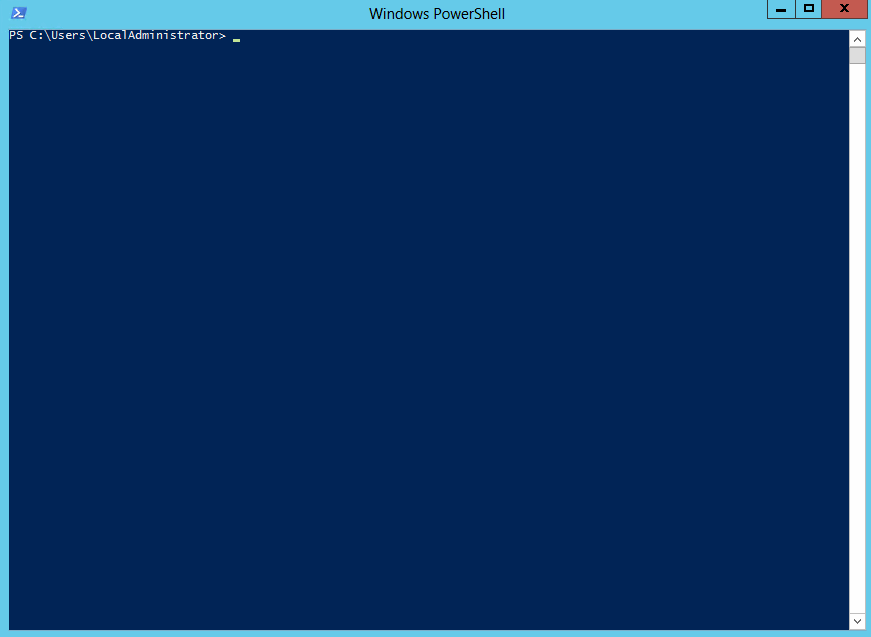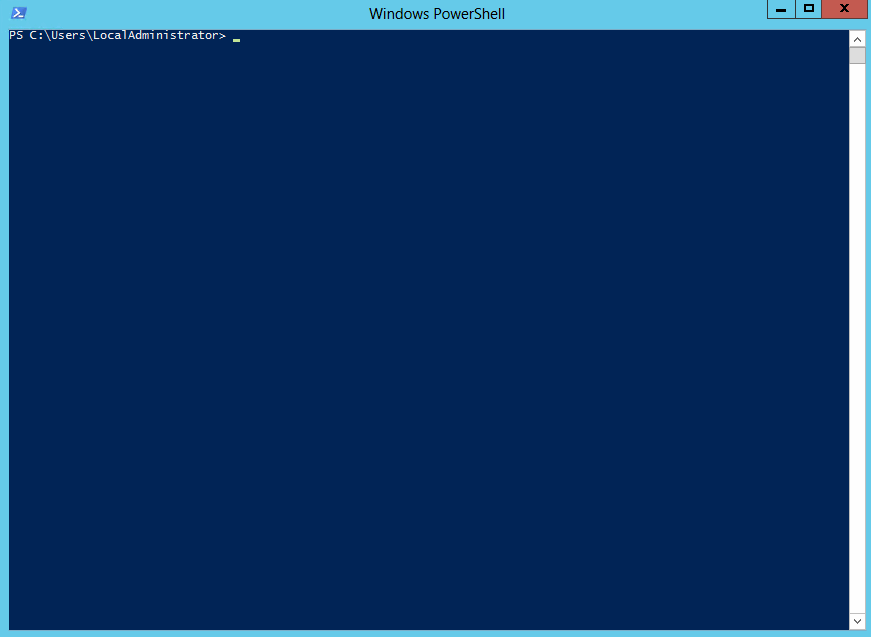Read the CHANGELOG
DbData is an awesome replacement for Invoke-Sqlcmd and Invoke-Sqlcmd2.
Invoke-Sqlcmd is littered with bugs, both past and current. DbData fulfills the promise of Invoke-Sqlcmd with better PowerShell semantics, though without trying to be a drop-in replacement.
- Safely build connection strings and connections
- Construct commands with really injection-safe parameters
- Execute statements, stored procedures, etc
- Read and alter (insert, update, delete - and upsert!) table data
- Bulk copy tables
- Optionally wrap all of the above with SQL transactions
- Optionally wrap all of the above with retries for deadlocks and timeouts
It also provides quick access to SMO and WMI objects.
Please note: There are minor breaking changes in DbData 1.5 from previous versions of DbData.
Install-Module DbData
- Requires PowerShell 2.0 or later.
- Requires .NET 3.5 or later installed.
- Options for New-DbConnection vary between .NET Framework versions. Some were added as recently as 4.6.1.
Connect to a database and get rows back.
$serverInstance = "SEC1N1"
New-DbConnection $serverInstance master | New-DbCommand "SELECT * FROM sys.master_files;" | Get-DbDataConnect to a database and get multiple result sets into different tables.
$serverInstance = "SEC1N1"
$dbData = New-DbConnection $serverInstance master | New-DbCommand "SELECT * FROM sys.databases; SELECT * FROM sys.master_files;" | Get-DbData -TableMapping "Databases", "Files" -As DataSet
$dbData.Tables["Databases"]
$dbData.Tables["Files"]Connect to a database, begin a transaction, add data, and then rollback.
$serverInstance = "SEC1N1"
$dbData = New-DbConnection $serverInstance msdb | New-DbCommand "SELECT * FROM dbo.suspect_pages;" | Enter-DbTransaction -PassThru | Get-DbData -As DataTables
# Add a record
[void] $dbData.Alter(@{
database_id = 1
file_id = 1
page_id = 1
event_type = 1
error_count = 1
last_update_date = (Get-Date).ToDateTime($null)
})
Exit-DbTransaction $dbData -Rollback


